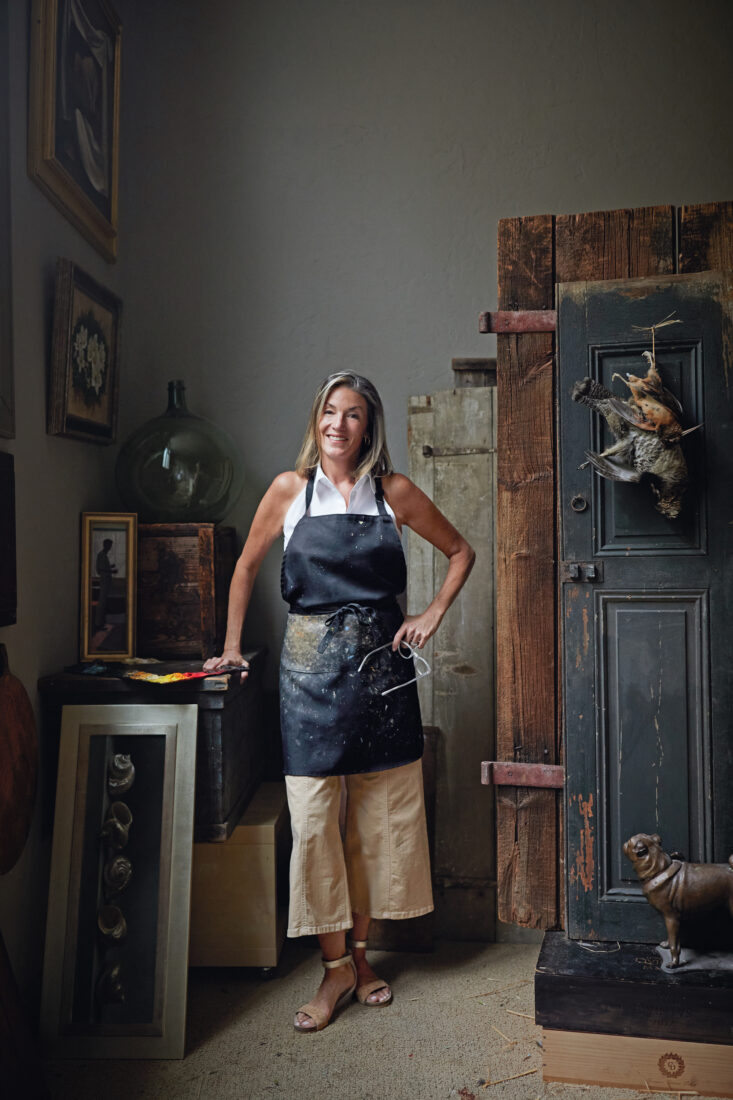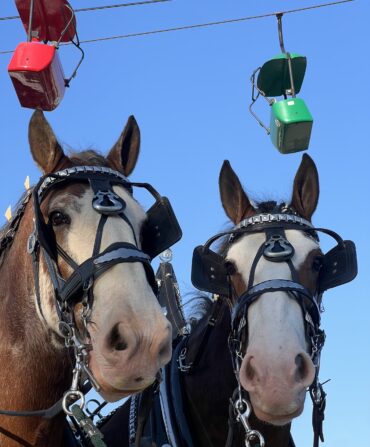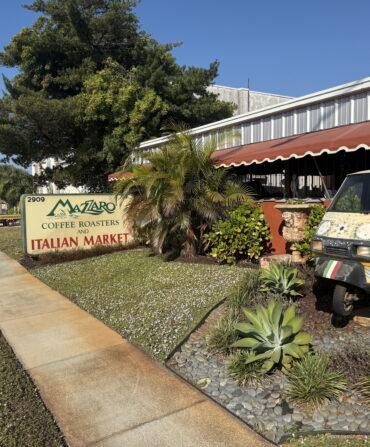As soon as Sarah Lamb takes the fowl out of the freezer, the clock starts ticking. In a few days, the game—a tawny woodcock and a larger, gray-and-brown ruffed grouse—will start to smell…well, foul. That means Lamb has a limited time to perfectly position the birds against a backdrop in her Houston home studio and then paint a precise, detailed depiction of them on a stretched canvas. “I once had a turkey in my studio for seven days,” she recalls in her South Georgia brogue. “It got pretty gamy.”

She poses the woodcock and grouse upside down, their beaks pointing in opposite directions, against an old Charleston-green wooden shutter. Her studio is filled with a variety of such timeworn props—pedestals, boxes, doors—for her still lifes. Light coming in from the room’s tall, north-facing windows illuminates each brilliant, gleaming feather on the birds. The composition looks at once bright and moody. For Lamb, one of the most sought-after American realist painters working today, the race against time is part of the artistic thrill.
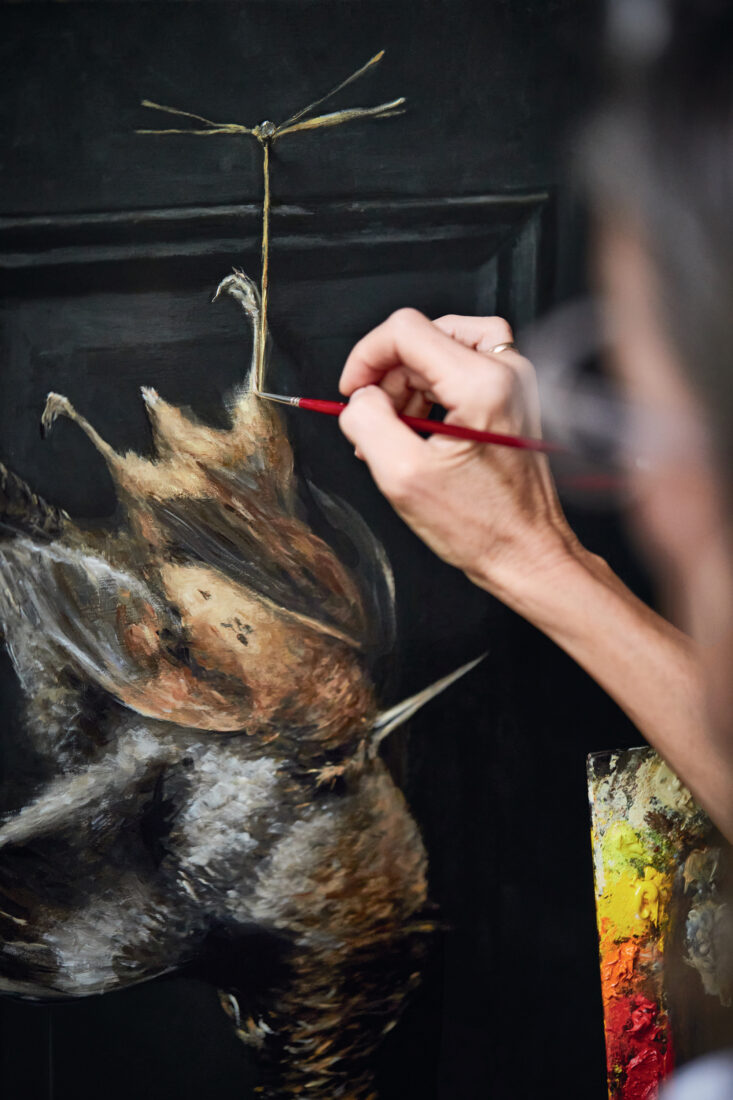
In addition to game, she often chooses still-life subjects others may overlook: bottles, feathers, scuffed old weather vanes. She renders these objects in such scrupulous detail—spending, say, forty-plus hours painting a three-by-two-foot canvas—that her oil works look more like ultra-high-definition photographs. In the last piece she finished before starting these birds, a meticulous depiction of a nineteenth-century rooster-shaped copper weather vane in front of a backdrop of midnight blue velvet, she matched each tiny dimple to the rooster’s patina.
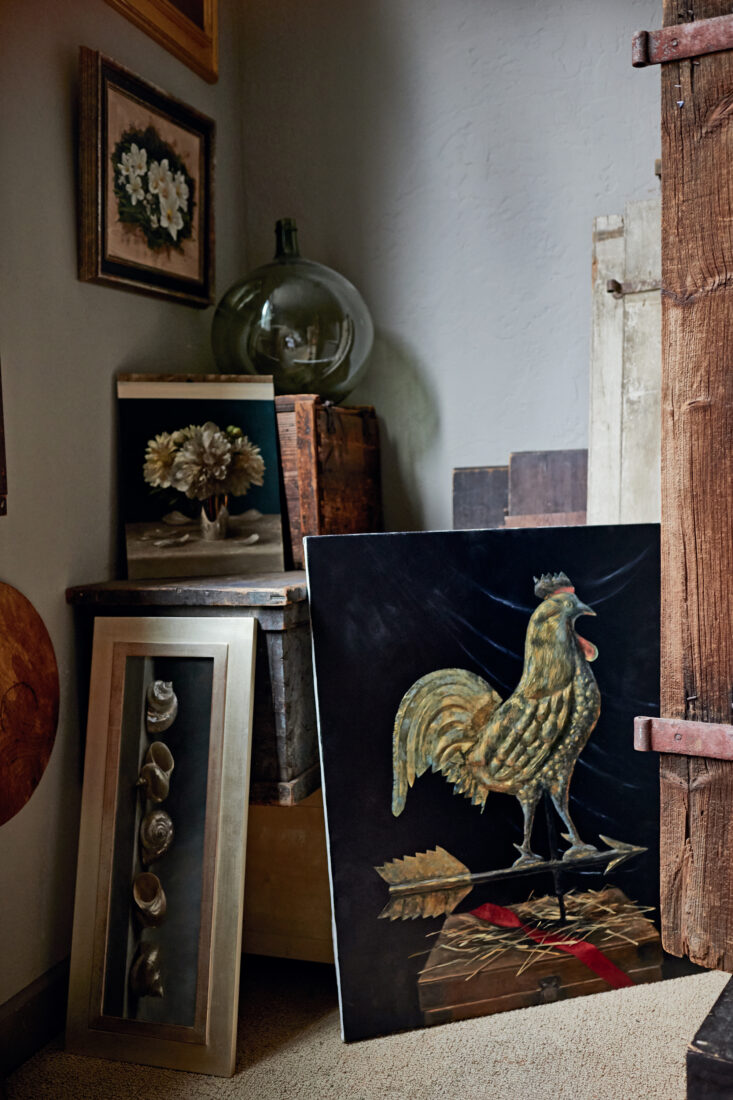
Lamb began painting as a little girl in South Georgia, using her pigtails as brushes. After she and her family moved to Atlanta, she worked with a series of serious art instructors who had her focus on reconstructing images with painstaking precision. She decided she wanted to paint full-time, and as a freshman at Georgia’s Brenau College (now University), Lamb began making money as an artist, faux-finishing walls and creating pastel portraits of a professor’s children. During her junior year, she spent a semester at Studio Arts College International in Florence, Italy, and became heavily influenced by the works of the American realists Andrew, N. C., and Jamie Wyeth. After college, she studied more, with renowned classical realist painters Ted Seth Jacobs, in France, and Jacob Collins, in New York.
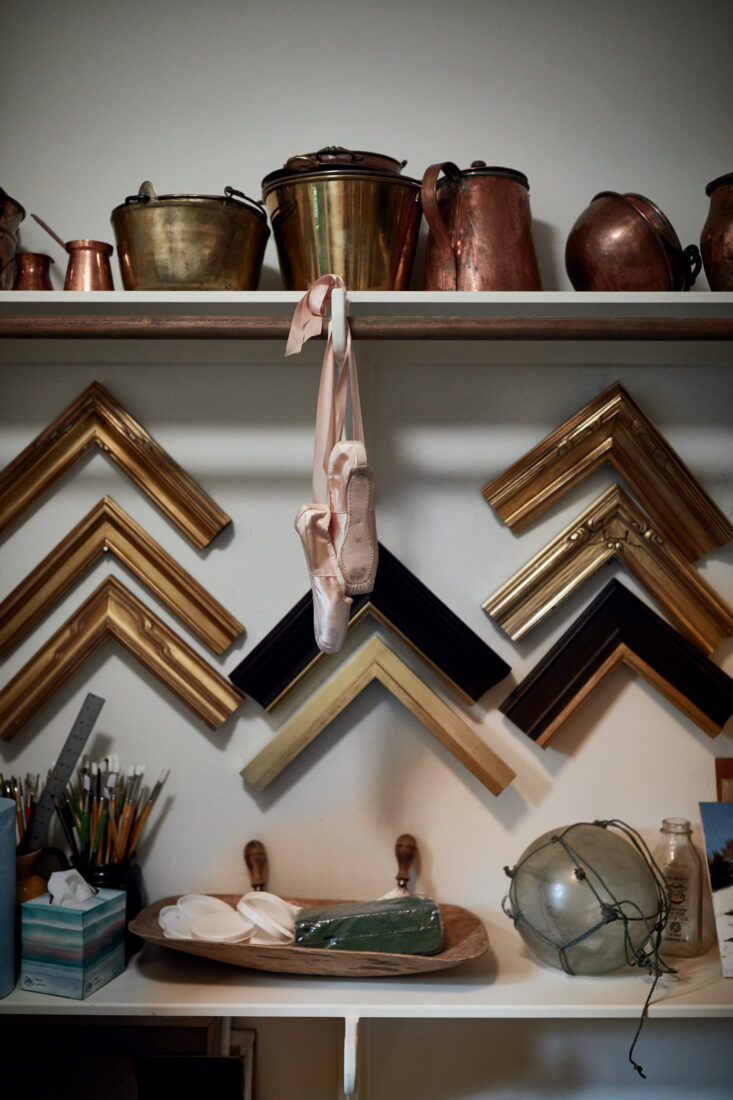
By the late 1990s, Lamb was living in New York and selling out one-woman shows in prestigious galleries across the country. She thought she’d never leave—until she met the portrait artist David Larned, in 2003. When they married, they moved to Pennsylvania’s Brandywine Valley, where the Wyeth family spent decades. For years, the couple and their daughter, Sadie, split their time between the rural, rustic hills there and the bustling traffic of Houston, where they had settled at the behest of the famous Texas art dealer Meredith J. Long. In 2020, they sold the Pennsylvania farm and made Texas their year-round home.
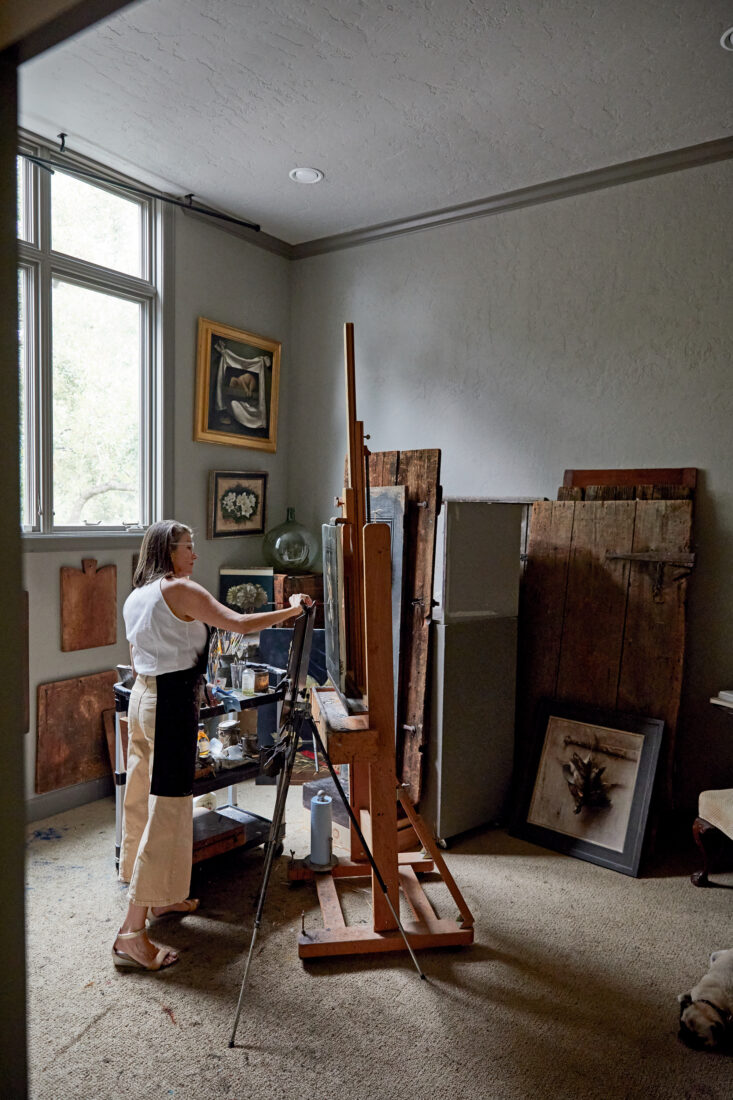
A marriage of professional painters means that they sometimes rely on each other for comments and mild critiques—“Is this finished? Does anything stand out to you?”—but one also knows when to give the other space and time to work. (Their studios are down the hall from each other.) Larned brings home items he thinks Lamb might want to paint, like a collection of antique bottles or the occasional weather vane. Anything that allows her to capture the luminescence of everyday things. “I just love to paint dust,” Lamb says.
That’s one of the common themes in her work: the way light reflects off the aged objects around us. With weather vanes, it’s the worn patina of the old metal, the ability to make art once more out of a crafted piece of Americana. With bottles and wineglasses or even delectable desserts, it’s the highlight that makes an entire painting pop. After three decades in the business, she never tires of that rush. “You only get to paint a highlight one time,” she says. “It’s do or die.”


